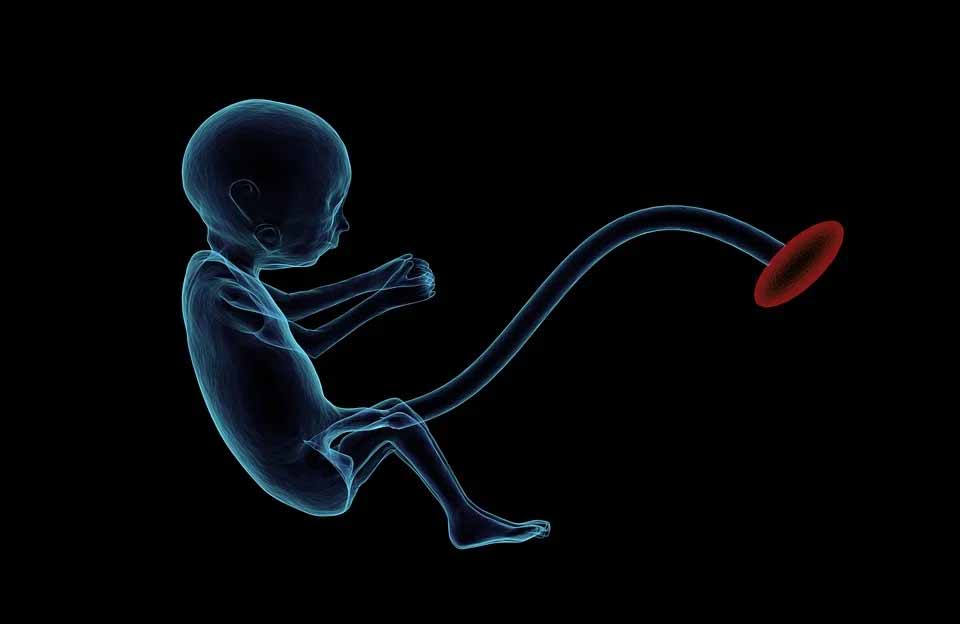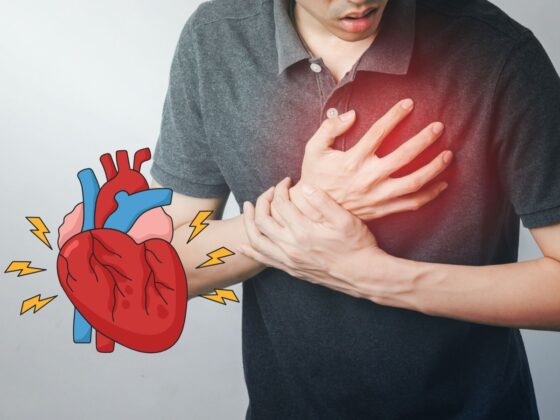Wearing masks is the ‘new normal’ following the coronavirus outbreak. There are still no vaccines to protect the body against the deadly COVID-19 virus and the only known way to curb the outbreak is wearing masks and following social distancing norms. But in certain scenarios, it is not at all advisable to wear masks. According to the World Health Organisation (WHO), people should not wear masks while exercising as it may reduce the ability to breathe comfortably.
Also, we sweat a lot during exercising and this can make the mask wet very quickly. This in turn can create room for growth of microorganisms and also makes breathing difficult. According to experts, it is better to maintain a physical distance of at least one metre while exercising to prevent COVID-19 from spreading.
According to doctors, wearing masks while exercising can act as a barrier to airflow and this can lower the oxygen levels in the air which is re-circulated.
The important thing to know is that more carbon dioxide is exhaled when you do exercise. There is always a possibility of it getting trapped in the mask and can be re-inhaled. This can cause excessive breathing or hyperventilation leading to reduced brain function and even consciousness.
ALSO READ | What Is Dry Cough And How To Identify If It Is A Sign Of COVID-19 Or Something Else?
We all know that our heart rate increases during exercise and wearing a mask can increase heart rate manifold. This can cause dizziness, dehydration, light-headedness, and can even result in adverse cardiac effects.
Earlier, a report said that a 26-year-old man ended up in a hospital with a complaint of chest pain after he went for jogging while wearing a face mask.
Experts say that wearing masks during exercise can also affect your performance while cycling, running, or any other cardio training. In a layman’s term, you can have a hard time catching your breath while wearing a mask. It is also advisable to not exert yourself if you have any symptoms like laboured breathing, chest pain, or dizziness while exercising with a face mask on. Simply remove it and relax until you catch your breath.
Most of us are avoiding going outside and if you are exercising at home, wearing a face mask is no required at all. It is always important to consult a doctor if you have respiratory or cardiovascular conditions like bronchitis, asthma, or COPD.











